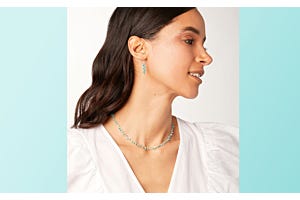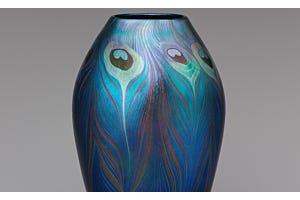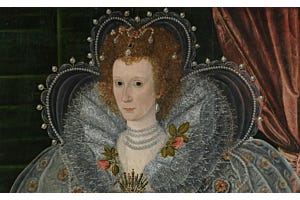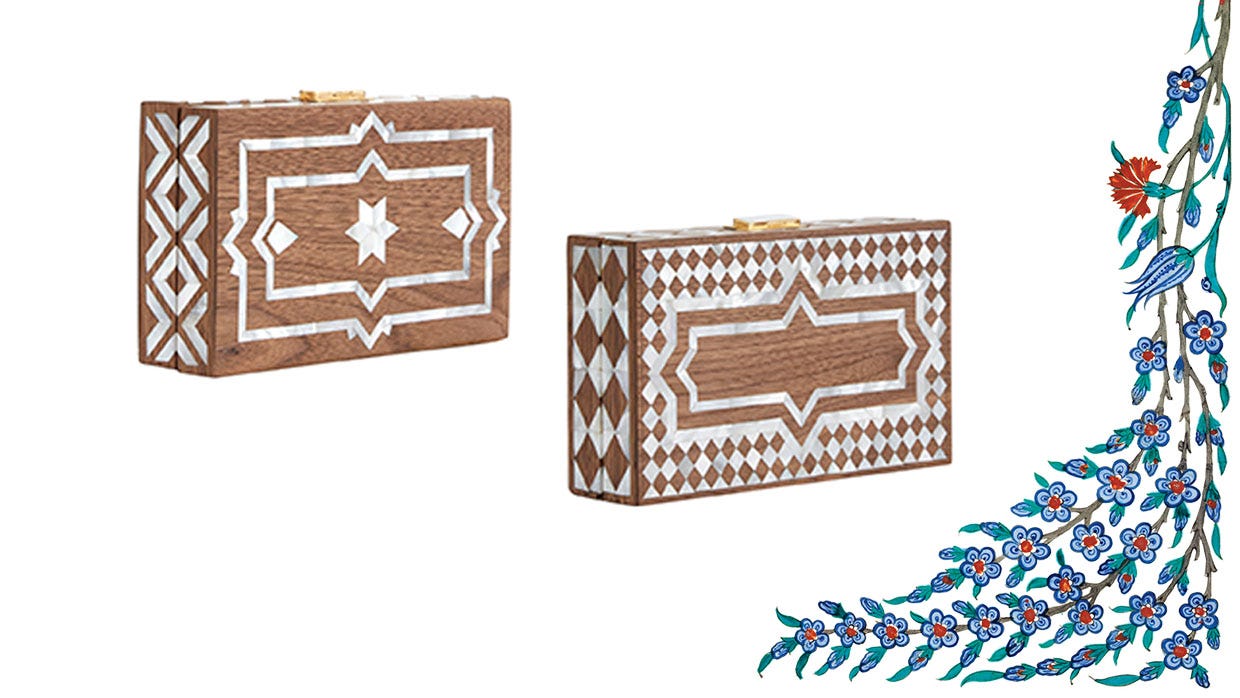
Founded in 2010 by Güne? Mutlu, Istanbul-based label Mehry Mu joins forces with local artisans to lovingly craft “bags with soul.” Each collection reflects Mutlu’s manifold passions: anthropology, literature, travel, style. While her voracious curiosity yields romantic creations, her heart for humanism makes Mehry Mu a truly outstanding brand. A portion of the proceeds goes to K?rm?z? Çocuklar Derne?i, an organization that protects children and young adults in Turkey.
We're delighted to have this opportunity to chat with Mutlu and learn more about Mehry Mu and its contribution to the Heirloom Project.
Tell us about yourself and your brand!
I was born and raised in Istanbul. I went to Robert College, an American high school founded in 1863 in Istanbul. I believe attending a school with so much history was the starting point for my thirst for heritage. Pair that with the way my parents and grandparents raised me, and that was a solid starting point for a life and career that would later be dedicated to meaningful and soulful design. My mother studied Italian language in university, which made me quite interested in languages and shaped my vision for design where it does not belong to one place but is influenced by all the common design points between cultures. My father is Turkey’s first journalist turned newspaper owner. He studied journalism and started working at a newspaper at the age of 18, and later in his career created and published some prominent titles in Turkey. I think I take after him in terms of how I am interested in creating meaningful content.
Since childhood I was lucky enough to travel a lot, and because my parents are intellectuals, and my dad and granddad are entrepreneurs, I think I was exposed to lots of different ideas of how I can live a productive life inspired by all these factors that were shaping me.
I started Mehry Mu in 2009, after having studied psychology at Franklin & Marshall College in the US; coming back to Turkey; having worked at the ad sales and marketing departments of InStyle and Madame Figaro magazines and my father’s newspaper; starting an ecommerce platform for accessories and lifestyle goods; and seeing that the world needs a handbag category where artisanal, unique, super high-quality pieces are offered at prices that don’t break the bank.
Everything came together quite smoothly and my Mehry Mu journey started.
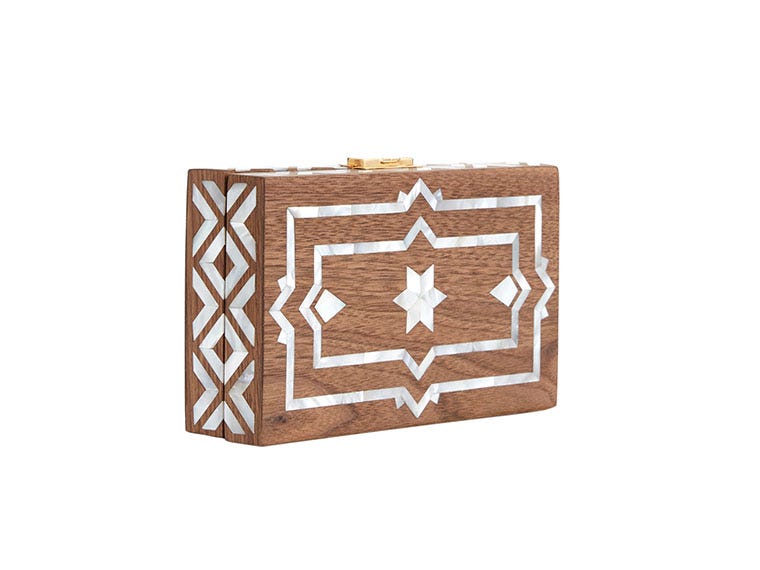

What’s your philosophy as an artisan/designer?
I regard my design process as an ever-evolving journey. When I first founded Mehry Mu a little over a decade ago, I had two original ideas. The first one was to put the great handbag artisans of Istanbul to good use. To help them produce original designs, instead of the fake bags they were making. My other original idea was to bring that culturally rich design perspective to bags in the contemporary price point. You know when you see your friend carry this gorgeous one-of-a-kind bag, and you ask her, “where is it from?” and the answer is, “oh, I got it in Mexico,” or “it was my grandmother’s”? I wanted to bring that authentic and warm feeling onto bags continuously, and under the roof of a new generation brand. I wanted to tap into the design subconscious of people via Mehry Mu’s own design interpretation.
So I could say my philosophy for Mehry Mu is to design authentic bags that evoke feelings of nostalgia, a deep respect and curiosity for heritage, while still offering something completely new and contemporary.
How does that philosophy factor into the items you produce?
Oh, it factors into everything we do at the company, actually. It starts with our production venues. All our bags are handmade by artisans. The woven bits are woven and knitted by groups of women, which in return helps empower them economically. So everything starts with the very feelings and values we promote. We work very closely with my operational team, in an area called Bebek, which is essentially the heart of the Bosphorus. We have a zero tolerance for negativity policy. We are like an odd family, every team member is a unique character, and we get things done. We aim to always achieve what has not been done before. We are always up for a challenge of finding a material that has not been used on bags before, or even if it has, maybe rarely and not that we know of. When I first used rattan on our Fey box style seven years ago, rattan mainly belonged to chairs. And then we used ropes to weave bucket bags. And then we got into raffia knitting. It became more and more about intricate crafts that speak the language of a travel and culture inspired handbag line. The making of the wooden boxes with mother-of-pearl inlays that we designed for the Heirloom Project was a natural path that followed from this affinity toward artisanal crafts.
Can you talk a bit about your contribution to the Heirloom Project?
Before we started, we did extensive research on The Met’s Islamic Wing and the works there. Madeline Weinrib thought it would be interesting to use the technique of mother-of-pearl inlaying for our collaboration. I could not be more excited about this idea, as at Mehry Mu we specialize in box bags, and we are all about incorporating beautiful crafts into our bags.
We worked with Turquoise Mountain, who connected us with Syrian artisans who are refugees in Jordan. We sent them our design, and they made the boxes and sent them to Istanbul. Here, we turned those boxes into bags, working with a fine jewelry atelier based in the Grand Bazaar. From there, the bags were taken to our production site to be lined with turquoise-colored satin. So not only was it a collaboration with Mehry Mu and The Met, but it was also a collaboration between three different artisanal production points.
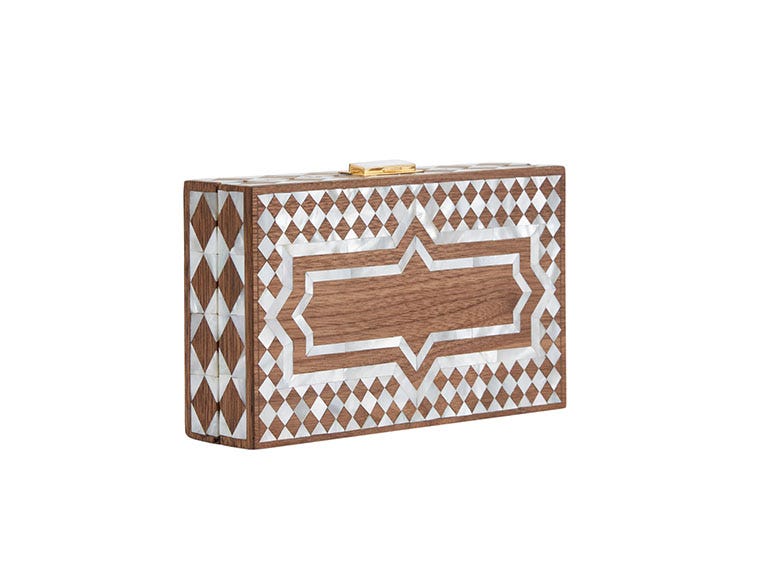

What excites you most about the Heirloom Project?
The bags that we created are, in fact, heirlooms in the truest sense of the word. They can be used as objects when not being used as bags, and they are certainly special enough to be passed down from generation to generation. By the same token, they were made using techniques that fathers taught to sons and sons taught to their sons. What makes it most special is that the project allowed us to work with Syrian refugees and Turkish artisans at the same time. It helped draw attention to this old craft, while helping these artisans gain economic benefit from it. My true hope is that collectors from around the world will show interest in our bags, so that the artisans who work with Turquoise Mountain and our bag-making artisans can get more orders from us and keep on producing these collectible bags.
Is there anything in particular that you hope the public will learn from or appreciate about this initiative?
I really hope that this initiative will inspire young designers to think beyond the classical cycles of fashion business. I believe Madeline Weinrib and the whole Met team guiding us through this project are extremely praiseworthy in that they commissioned pieces from us where we could work creatively using some of the finest Islamic art artifacts in the world. I believe this is the next step for fashion and design. We can be respectful to art, to respectable institutions and patrons of the art, and still produce relevant, unique designs where artisans and workers in the fashion industry benefit from it with fair pay and recognition.
Where else do you typically derive creative inspiration from?
All my travels, real and imaginary. Books, movies, poems, literature. Art, both classical and contemporary. Jewelry, rugs, palaces. I love stories of struggle and triumph, of loss and love. I pay great attention to the human condition, to the beautiful vulnerabilities of the human soul. I love the humility and the delicateness, as well as the strength of the human soul.
I love beauty and seek beauty, in all aspects of it. I love the beauty of a tropical bird, but I also love an imperfect, dusty, noisy road in Marrakech. I always look for the imperfect perfection in everything. These all come together in my collections. My bags are super advanced and sophisticated, with all the craft and originality that goes into them, but I also want them to be super simple and humble.
What's next for you?
More projects that add value to all who work with us, like this. And more beautiful, original designs.
If you’re interested in placing an order for the pieces shown above, please contact Mehry Mu.

